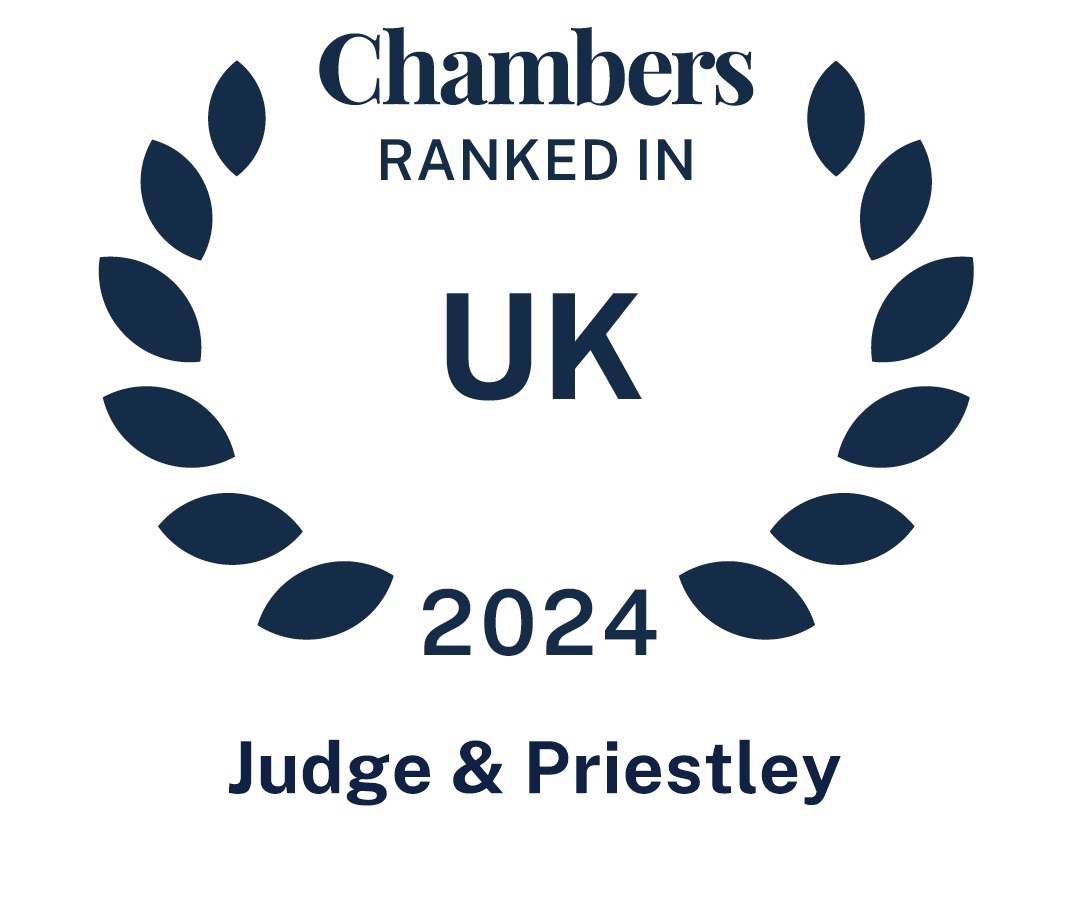- Bromley020 8290 0333
Tribunal modifies covenant relating to 'one property per plot'
A tribunal has modified a covenant that prevented the building of more than one property per plot on a large estate.
The case involved a development called River View, which had been built in accordance with planning permission granted in 1962 for eight houses. There was a restrictive covenant prohibiting the construction of more than one house per plot.
However, in 1984 and 2004 respectively, two further properties were built on Fairways, one of the River View plots. These didn’t meet any objections from the neighbouring property owners.
In 2013, the owners of one of the plots built an indoor swimming pool close to their house. In 2014, due to a change in their financial circumstances, they obtained planning permission to demolish the pool building and replace it with a detached two-storey house.
Some of the neighbours objected, saying they would suffer adverse effects from the proposed development and that modification of the restriction would constitute the "thin end of the wedge," potentially resulting in many similar applications from River View residents.
The owners wishing to build the new house said the covenant had already been breached by two other properties on the estate in 1984 and 2004 so there was no reason why their development should not go ahead.
The Upper Tribunal (Lands) upheld the decision to grant planning permission. It held that the proposal was not out of keeping with what had been permitted elsewhere in the vicinity and would not be overly large or dominant.
The restriction did not provide practical benefits of substantial advantage to the objectors. Their homes were so far away from the application land that there would be no adverse effect upon any of their houses.
The proposed new house would not have a substantially devaluing effect on those houses and there was no reason to believe that their peace and tranquillity would be disturbed. They would not suffer the effects of increased traffic, noise or other disturbance from the proposed development.
Please contact us if you would like more information about the issues raised in this article or any legal aspect of planning and development.









